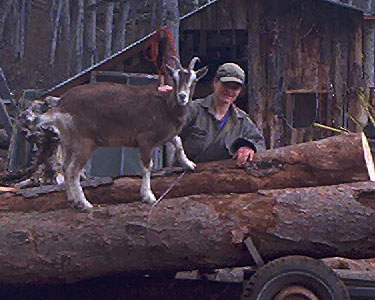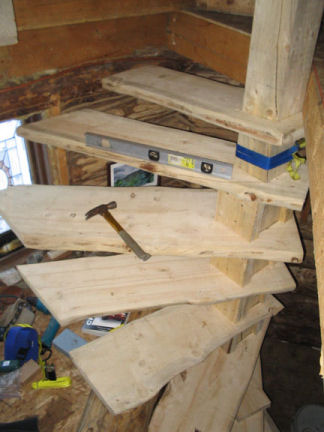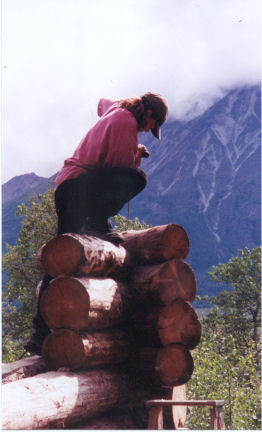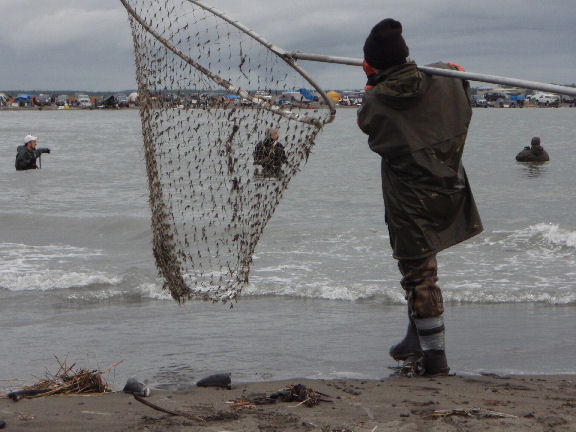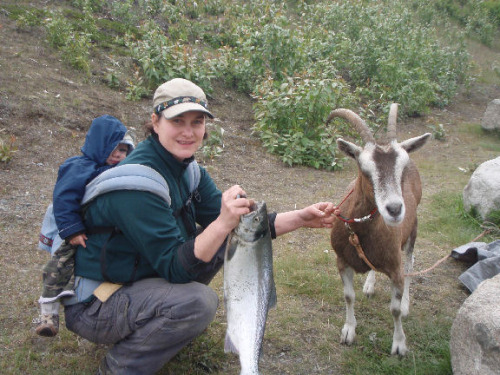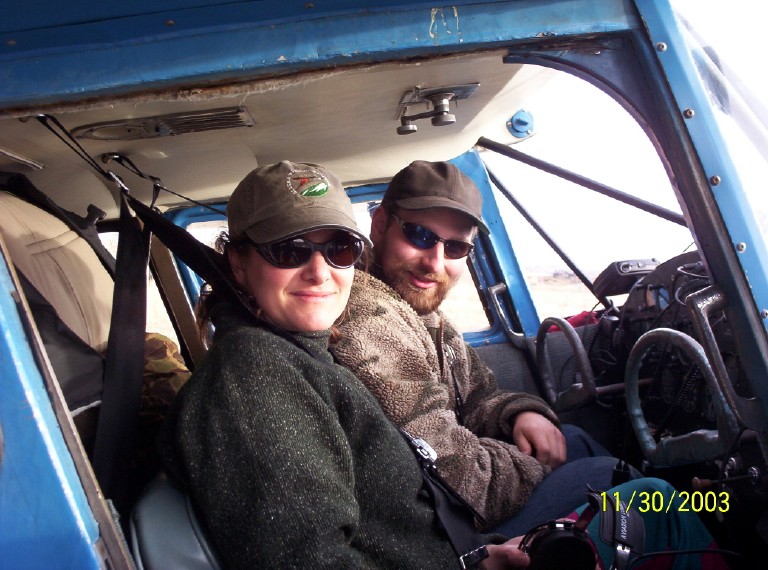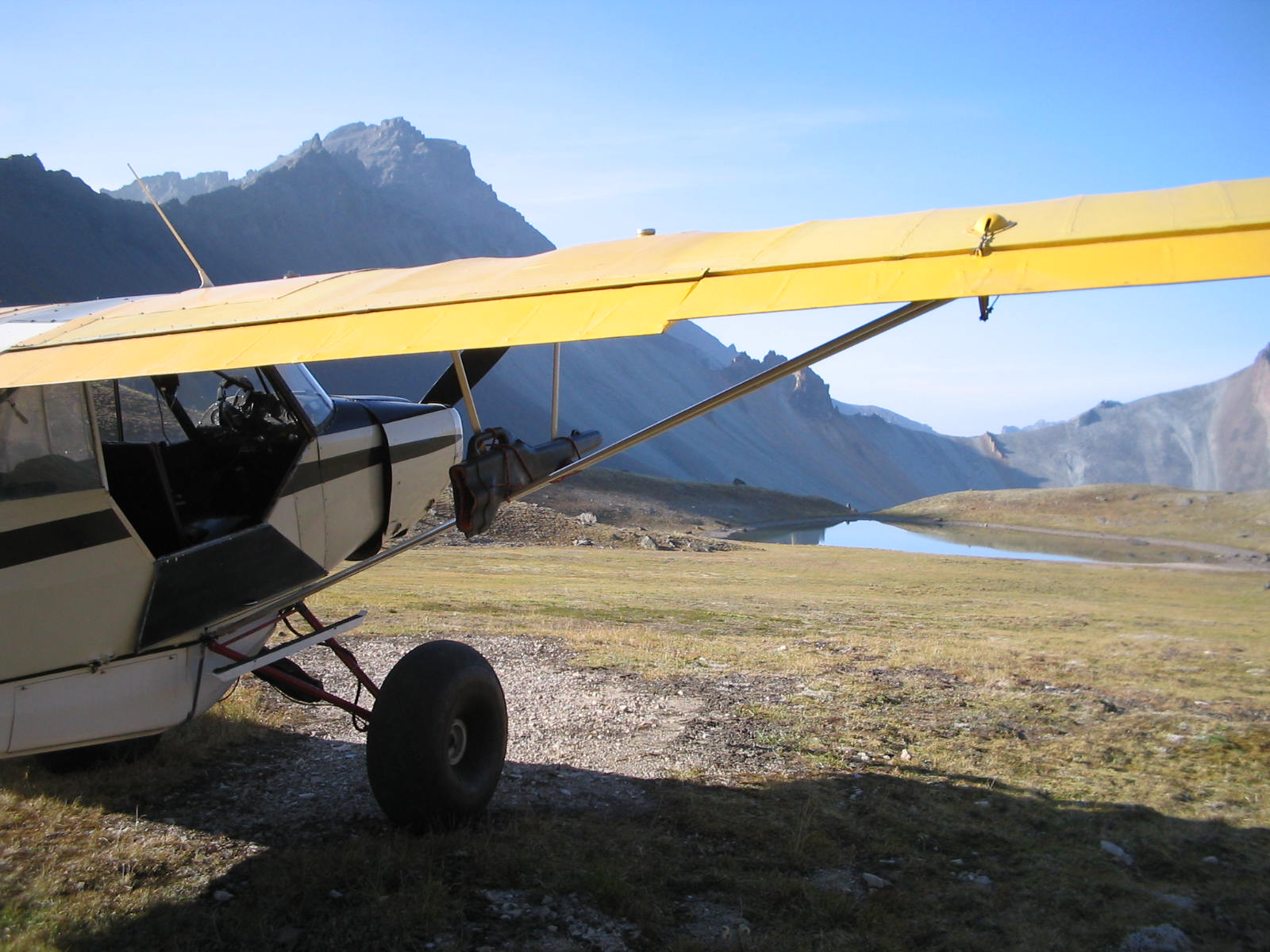Food for thought
 Sunday, November 22, 2009 at 7:28AM
Sunday, November 22, 2009 at 7:28AM Yesterday was to be just another day of harvesting chickens, or so I thought. Before I could go kill the birds, I had some other tasks to take care of first so that my kitchen would be ready for the process. So I patiently scooped pumpkin from the shells that had cooked the night before. And I separated the baked apples from their skins and cores.
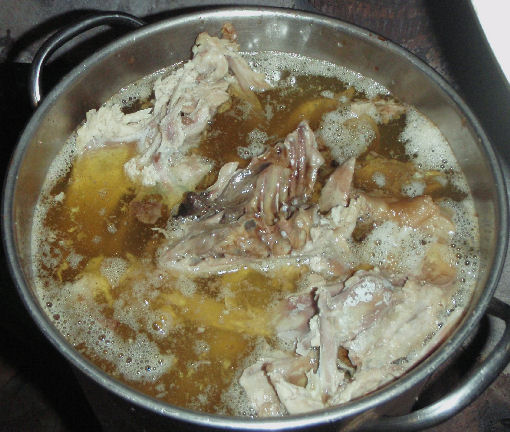
Then I decided I better deal with four chooks that had been roasted and cooled, so I separated all the meat from the bones and set the new bone broth to boil on the woodstove. Finally, I only had to put away all the food and get water heated up for plucking those who were soon-to-be next.
Down the hill I went with a bucket of feed and another of water and an ax. I filled the feeders and immediately grabbed the biggest meat bird, carried her outside and quickly did my job. Then back in for the next, and again for two more. Two empty buckets, an ax and four lifeless birds came back up the hill with me.
In the winter I pluck and process birds indoors, while sitting on the hearth. These girls were totally feathered out, approaching 4 months old, so plucking was pretty easy. And then I started to butcher.
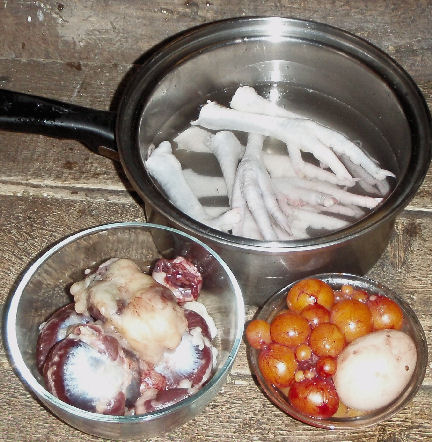
After separating intestines from the first bird, I was shocked beyond belief to pull out a couple of handfuls of immature eggs. I carefully set them aside and finished cleaning her, pondering how close she was to laying eggs. But wait, she's a meat bird! Funny how I didn't expect to find eggs in a hen.
But then again, I've never found eggs like that before. It really took me back. She was going to be a mother, or at least produce other food besides meat for my family and friends. Ugh. And so were her sisters, the ones I'd already killed and who were bleeding out into the snow.
When hunting, we only harvest males. Many a time I can remember passing up the perfect shot when thinking about all the babies that the female in my sights could produce. I don't know why the similarity never occured to me, as far as killing hens... it just didn't. Until yesterday, that is.
Now its loud and clear. This breed of meat birds takes longer to mature than the standard Frankenstein-esque Cornish X'es. And when the slowest maturing hens get big enough for butcher, they're ready to lay. All four of the girls that I harvested today were carrying eggs. Lots of eggs. One egg was even 100% complete and ready for the nest.
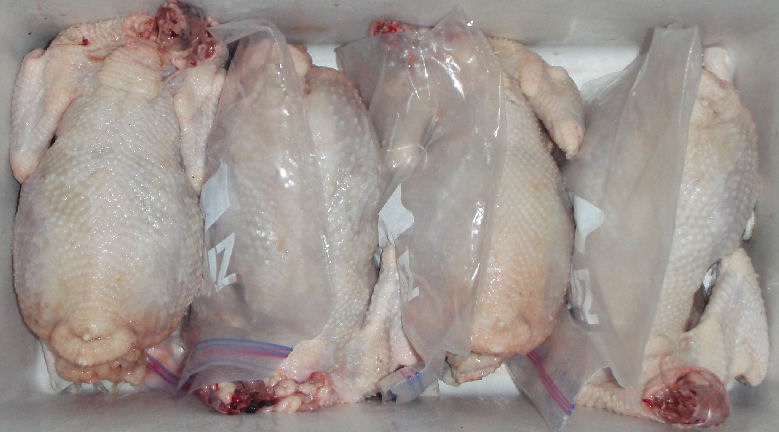
I'll be honest with you that I felt sick about what I'd witnessed, about what I'd done. And now I have to decide whether to kill the last 3 remaining meat hens, or to let them start to lay. You can bet that in the future I'll be more thoughtful when getting ready to kill pullets, there's no question that I don't want to be pulling eggs out of birds dead by my own hand. I don't like it.
But it is what it is. Now I have about three cups of white-less eggs. They're just yolks with a lovely blood supply, and I get to decide what to cook them into... pumpkin pie? custard? popovers? The options are endless. I'll be interested to note how my family reacts when they realize the food they are eating was made with unfinished eggs. I think they'll be cool with it. I, for one, am looking forward to putting to good use that which I have taken.
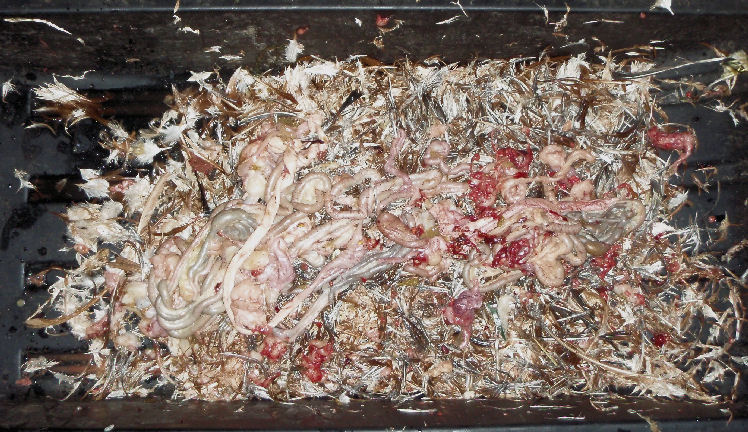
After all, the rest of the parts will be carefully used. Ben will take the offal for trapping bait, the livers get fed back to the rest of the chickens, gizzards and hearts and kidneys are already chilling for future stuffings, and the feet are stewing for ultra nutritious bone broth.
And so today I find myself today extra thankful, in these last days before our traditional harvest holiday, and extra thoughtful about harvest itself. As you eat your Thanksgiving turkey, I hope you'll take a moment of pause, and consider the process that brought it to your table. Pass the food for thought, please.
 [Lisa Rae] |
[Lisa Rae] |  2 Comments |
2 Comments | 




















